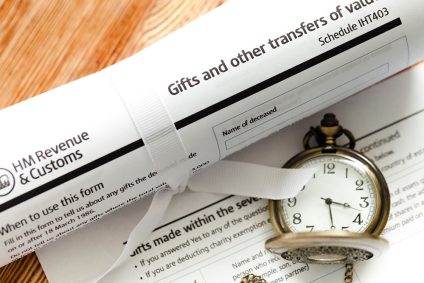Should you invest in a new ‘property’ ISA for your children?
The new Lifetime ISA announced by the Chancellor in March was seen as a welcome financial incentive for first-time buyers. Despite the suggestion that the generous scheme might be derailed as a side effect of the vote to Brexit, HMRC has confirmed the launch will go ahead.
But what are the main benefits of the Lifetime ISA?
From April 2017, individuals under 40 will be able to save up to £4,000 per year. Every £4 saved will be matched by £1 from the government, up to the age of 50. The savings can be withdrawn tax-free if used towards a deposit on a first home worth up to £450,000 or it they remain in the account until after the holder’s 60th birthday.
The money can be withdrawn at any other stage but the government bonus, and any interest or growth on this, will be lost. There is also a five per cent charge for doing so.
This new product gives more options for families to plan their tax-free investments across different generations. For example, individuals are allowed to gift £3,000 per person per year. A couple could give a child or grandchild £2,000 each to reach the Lifetime ISA cap of £4,000 per year which would be excluded from inheritance tax.
Help to buy
Launched only in December, the Help to Buy ISA also helps first-timers to build a property deposit thanks to a 25 per cent government bonus but only up to £3,000 in total, compared to £1,000 per year with the Lifetime ISA.
It is possible to hold both ISAs at the same time (after the April 2017 launch of the new Lifetime ISA). During the 2017/2018 tax year, those who already hold a Help to buy ISA will be able to transfer their existing savings into the Lifetime ISA.
According to the Treasury, at the end of the tax year, these savers will get the government Help to buy bonus at the same time as they receive their Lifetime ISA bonus.
Which is better?
Savers can put £2,400 per year in the Help to buy ISA (£3,400 in year one), but £4,000 per year in the Lifetime ISA.
The Lifetime ISA bonus is paid annually and you can earn interest on it, whereas the Help to buy bonus is only paid upon purchase of a property.
A further advantage is that the Lifetime ISA allows savers to buy a home for up to £450,000. The Help to buy limit is £250,000 nationwide and £450,000 in London only.
If the saver intends to purchase before April 2018, they will need to use the Help to buy scheme as individuals need to have held the Lifetime ISA for at least 12 months before using it to buy a property.
Savers with both these types of ISAs might choose to use the Help to buy version to purchase a first home and the Lifetime counterpart for retirement funding.
Are you able to use either of these savings products? Have you considered how you could use the ISAs to help the younger generations in your family? For more information about the many options available, please contact me on 020 7636 7006.


